Description
Punch Card Machine Model 8800N
– set day line change time freely
– high speed / low noise
– perpetual calendar –
function of daylight saving time
– 2 colors by dot matrix 9 pin printer to show date & time
– equipped with music melody or bell alarm with external connection
– equipped with auto feed and eject card mechanism
– Digital clock face
– sensor with cover
– 24 sets of setting / color / column to give max. flexibility for various work schedule
– detector to identify the front and back portion of the monthly card
– punching speed : 25 punches / min
– set day line change time freely
Punch Card Machine New Model
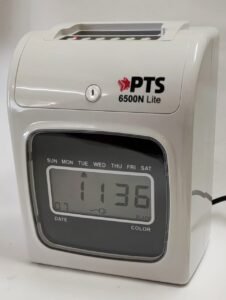
PTS 6500N Lite Time Recorder ( Punch Card Machine ) Suitable for Small Office Use, 2 colors printer.
Thumbprint Machine
For more information
Please Call : 016-2221620, 603-4296 6163
WhatsApp: 016-2221620
Email: persistenttime@yahoo.com.my
Google Map TikTok Facebook Youtube Sites
How to set Punch card Machine Video
A time recorder, or Punch Card Machine, is a device used to track employees’ work hours. Initially, time recorders or Punch Card Machine were mechanical devices that stamped the time on paper cards when employees clocked in and out. At first, workers would insert their card into the Punch Card Machine, which would mark the exact time they began or finished their shift.
Then, over time, these Punch Card Machine evolved. Next, electronic time recorders were developed, allowing for more accurate and efficient tracking. After that, digital systems that could connect to a central database began replacing the older mechanical systems.
Moreover, with the advent of modern technology, many companies transitioned to software-based time tracking systems. Consequently, employees now often use computers or smartphones to log their hours. Finally, as the need for paper-based systems diminished, the traditional time recorder became less common, although some businesses still use it for its simplicity.
As technology advanced, companies sought more efficient ways to track work hours. Then, in the mid-20th century, electronic time recorders were introduced. These machines automated the process further, using magnetic or barcoded cards instead of paper. After that, companies began using electronic time-tracking systems that could store data digitally, making it easier to calculate wages and overtime.
Amano Punch Card Machine PTS Punch Card Machine
Timi Punch Card Machine iTBox Punch Card Machine
Focus Punch Card Machine Kimi Punch Card Machine
MOA Punch Card Machine RJ Punch Card Machine
Seiko Punch Card Machine Meiji Punch Card Machine
Our service areas are
Klang Valley include Petaling Jaya, Subang Jaya, Cheras, Ampang,
Kepong, Shah Alam, Kajang, Kuala Lumpur, Seri kembangan, Serdang, Putrajaya, Semenyih,
Segambut, Old Klang Road, Taman OUG, Puchong, Kinara, Dato Keramat, Klang, Kota Kemuning, Puncak Alam etc

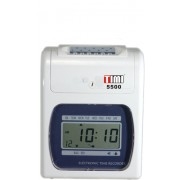

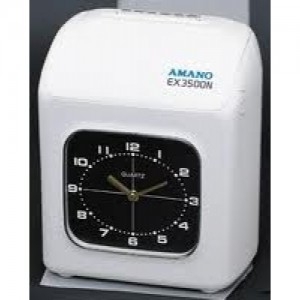
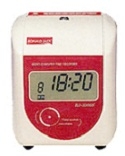
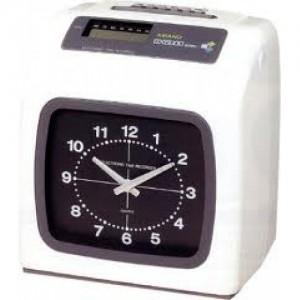
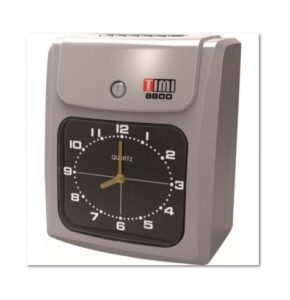
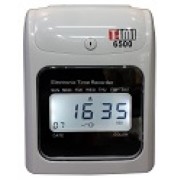
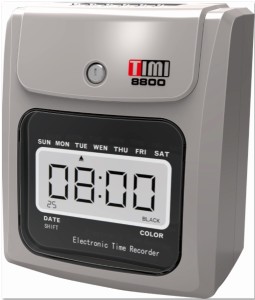
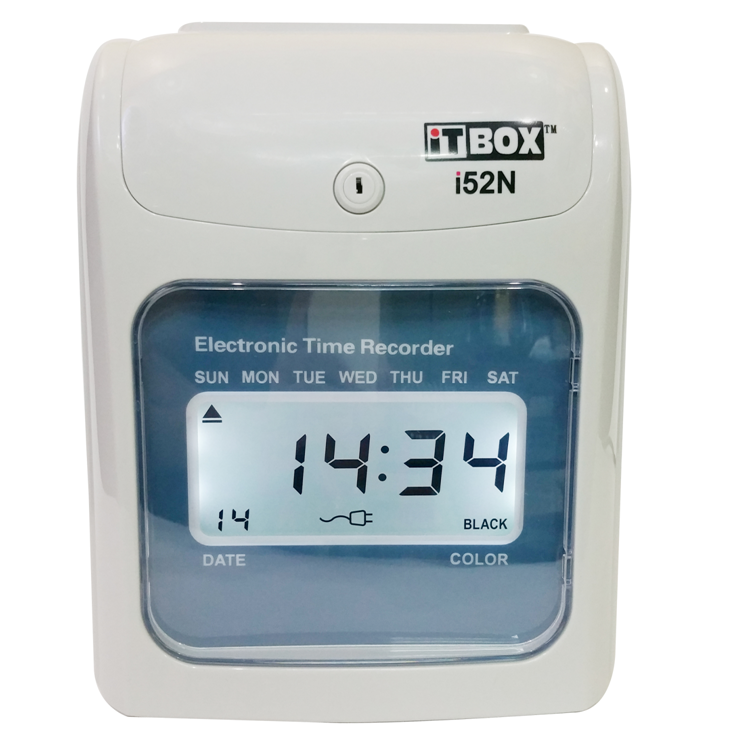
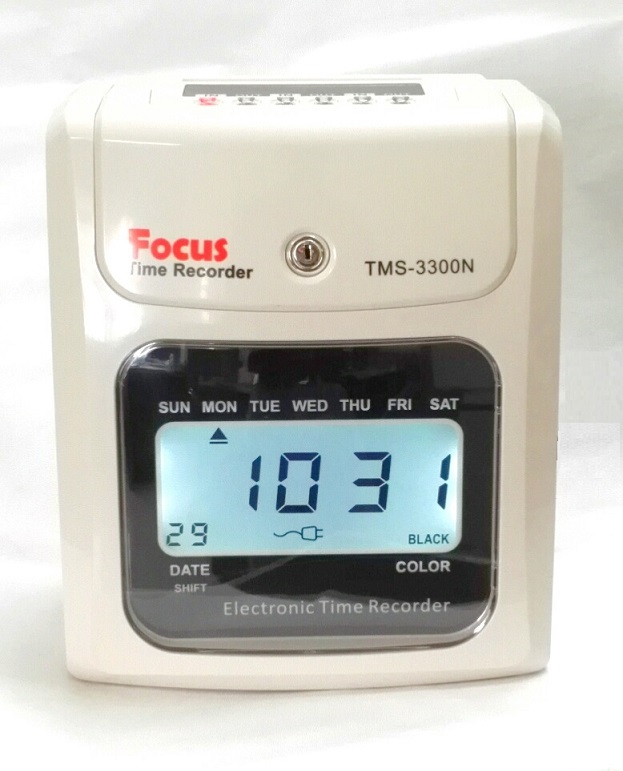
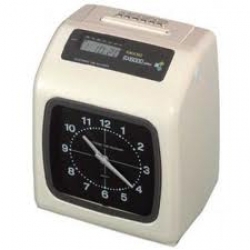
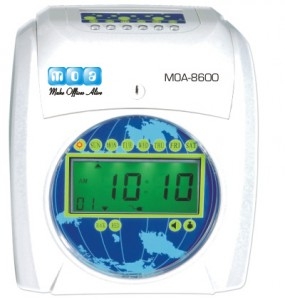
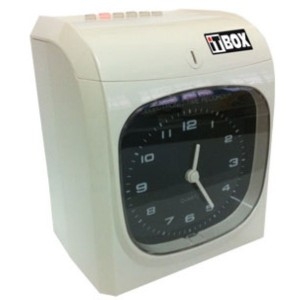
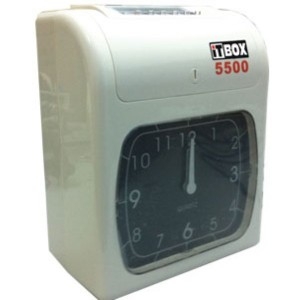

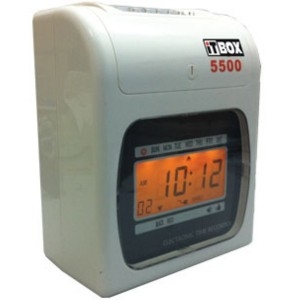
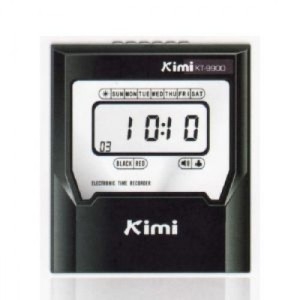
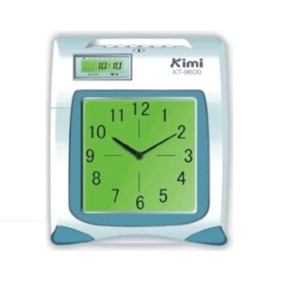
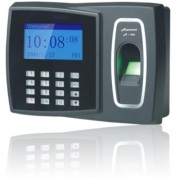
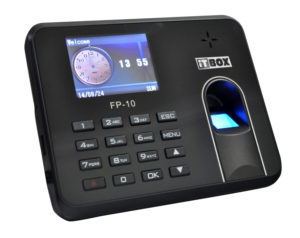
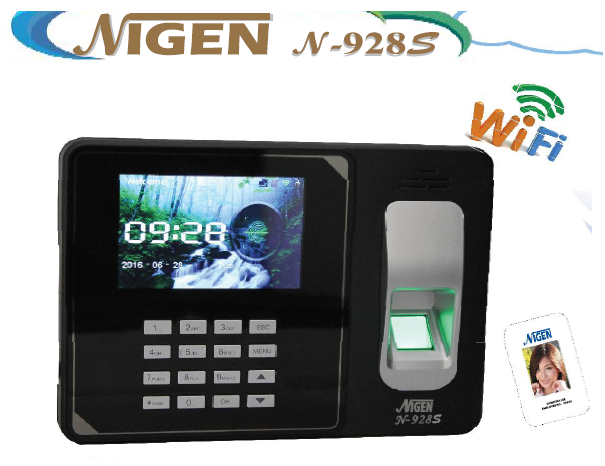
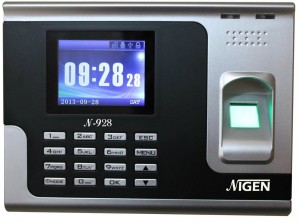


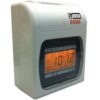
 WhatsApp us
WhatsApp us